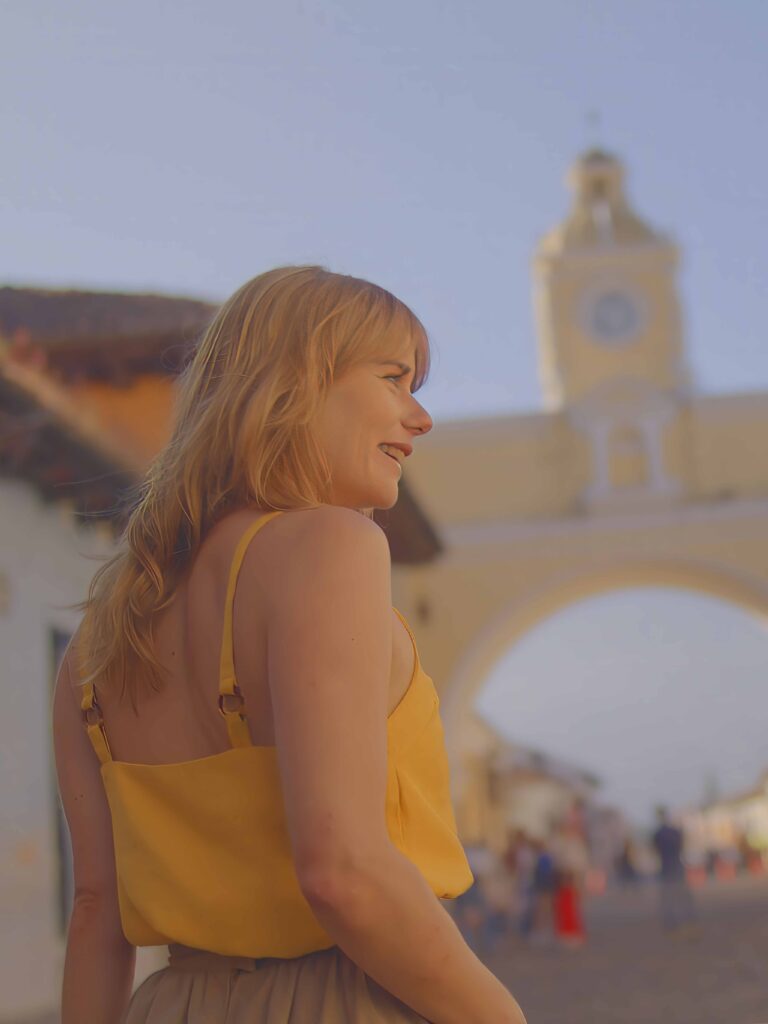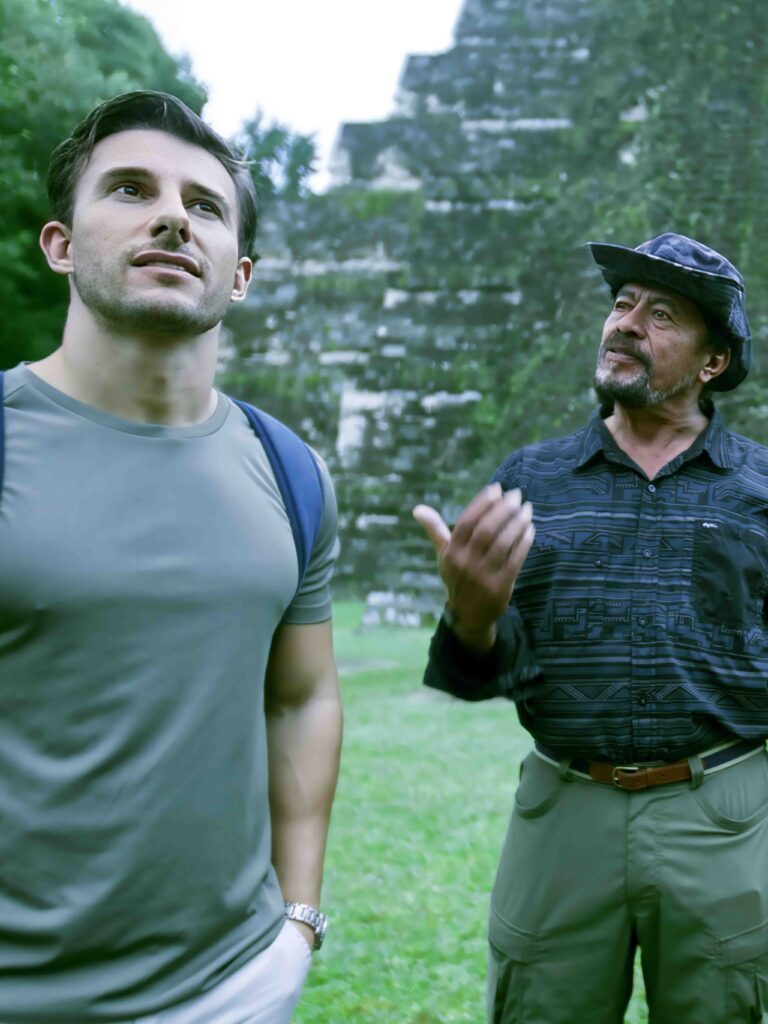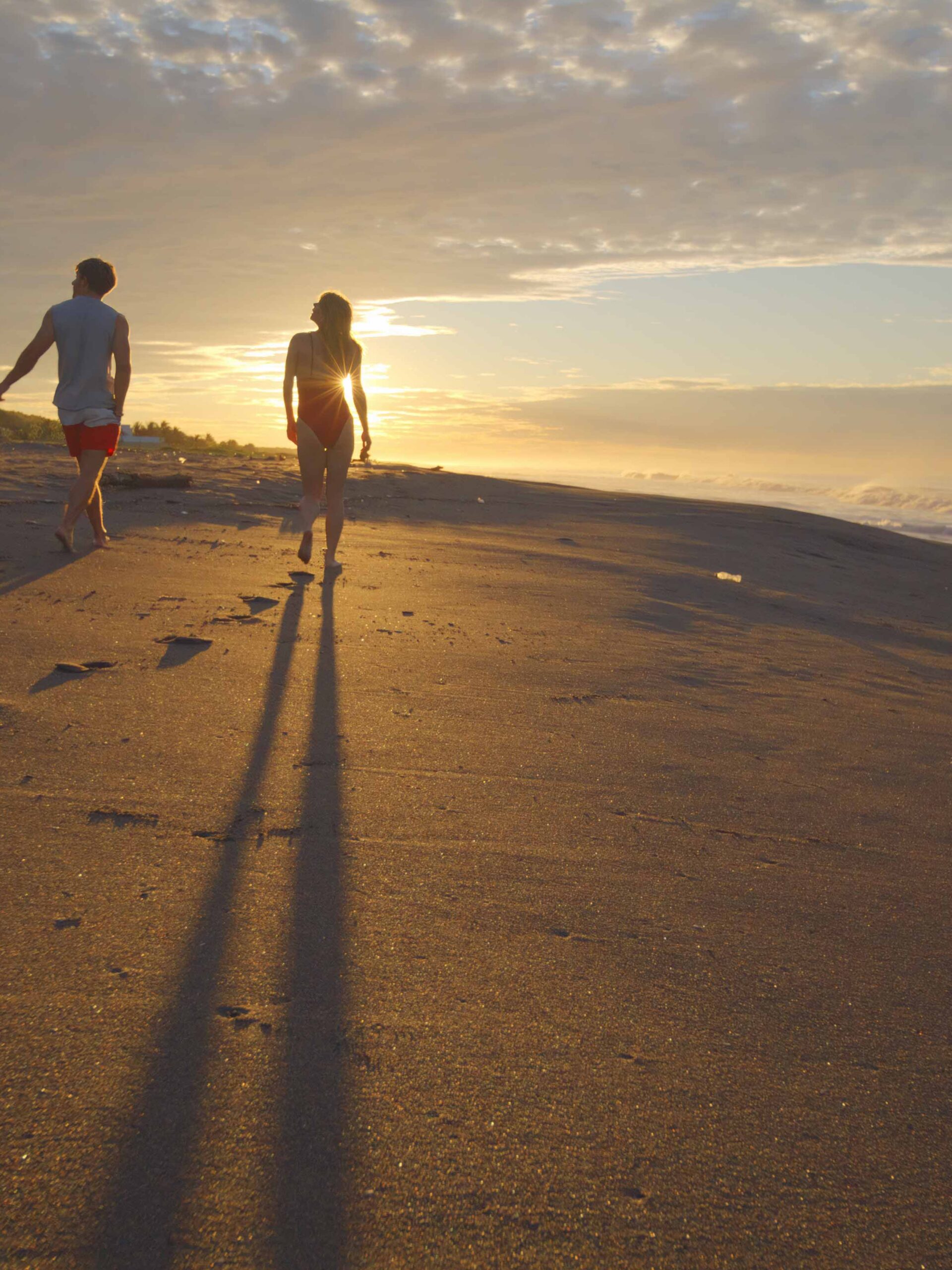Explora la cultura viva de Guatemala
Las experiencias auténticas sólo se pueden tener en lugares auténticos. Caminar por las empedradas y coloridas calles de La Antigua Guatemala, donde cada rincón cuenta una historia centenaria, o participar en una vibrante celebración maya que pulsa con vida y tradición, son experiencias que sólo puedes vivir en Guatemala. Este país centroamericano invita a los viajeros a sumergirse en su rica herencia cultural y a descubrir una diversidad que cautiva y transforma.
Uno de los principales atractivos culturales de Guatemala es su impresionante patrimonio maya. Sitios arqueológicos como Tikal y Quiriguá ofrecen vistas espectaculares de antiguas ciudades perdidas entre la selva, que permiten a los visitantes entender la grandeza de una civilización avanzada. Explorar estas reliquias es una experiencia que combina aventura y educación, proporcionando una conexión profunda con la historia y la espiritualidad maya.
En La Antigua Guatemala, la arquitectura colonial perfectamente conservada se mezcla con una escena artística vibrante. Las iglesias barrocas, los monasterios y las plazas históricas crean un ambiente encantador para quienes desean aprender sobre la influencia española en la región. Además, La Antigua es conocida por sus festivales culturales, como la Semana Santa, donde las procesiones y alfombras de aserrín colorido reflejan una fusión única de fe y arte popular.
Para una inmersión más auténtica, las comunidades indígenas de Quiché, Huehuetenango, Sololá y Totonicapán ofrecen experiencias culturales únicas. Las visitas a mercados locales permiten a los viajeros interactuar con artesanos que crean textiles tradicionales, cerámicas y joyería utilizando técnicas ancestrales. Participar en talleres de tejido o aprender sobre la medicina tradicional maya son actividades que enriquecen el entendimiento cultural y fomentan un intercambio respetuoso entre visitantes y residentes.
El turismo cultural en Guatemala también se destaca por su oferta de clases de cocina tradicional, donde los viajeros pueden aprender a preparar platos emblemáticos como el pepián y el jocón. Estas experiencias culinarias deleitan el paladar y proporcionan una ventana a las tradiciones familiares y los ingredientes locales, fortaleciendo el vínculo entre la cultura y la gastronomía.
Muchas iniciativas culturales son gestionadas por comunidades locales que buscan preservar y compartir sus tradiciones. Al participar en estas actividades, los viajeros contribuyen directamente al desarrollo económico de las comunidades, promoviendo un turismo sostenible y responsable. Este enfoque asegura que el turismo no solo beneficie a los visitantes, sino que también respalde la preservación cultural y el bienestar de las comunidades anfitrionas.
Guatemala invita a los viajeros internacionales a embarcarse en un viaje de descubrimiento cultural que va más allá de la simple observación. Es una oportunidad para conectarse profundamente con una tierra de diversidad y riqueza cultural, donde cada experiencia vivida fortalece el vínculo entre el visitante y el país. Ya sea que busques aprender un nuevo idioma, explorar reliquias arqueológicas o sumergirte en festividades vibrantes, la cultura viva de Guatemala te ofrece el escenario perfecto para transformar tu viaje en una experiencia única y memorable.
No dejes pasar la oportunidad de descubrir el alma de Centroamérica. Planifica tu viaje cultural a Guatemala hoy mismo y déjate cautivar por la magia de sus tradiciones, la calidez de sus comunidades y la belleza de sus paisajes. ¡Guatemala te espera para comenzar una travesía inolvidable que enriquecerá tu vida y marcará tus recuerdos para siempre!









